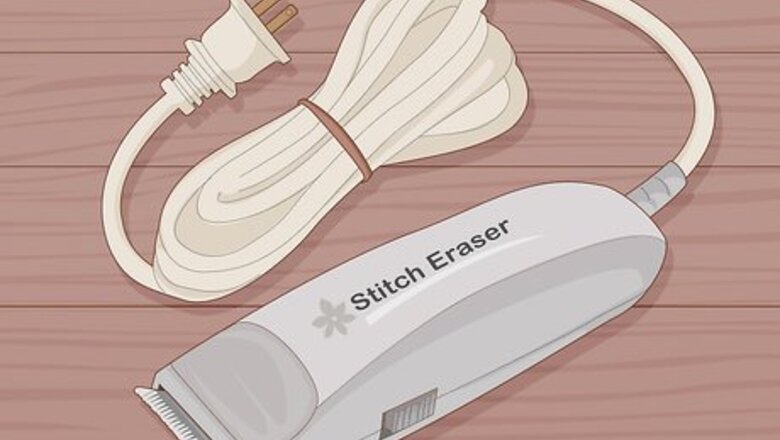
views
Using an Embroidery Eraser
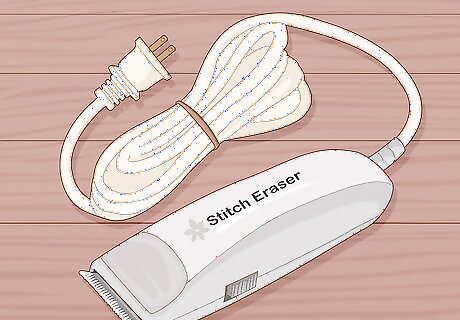
Purchase an embroidery eraser or a stitch eraser. You can find this product online or in a well-stocked fabric store. It looks a little like a pair of trimmers for beards. It is ideal for professional-quality embroidery, such as logos on jackets, shirts, and caps. This product is not recommended for hand-embroidery done with a needle, thread, and an embroidery hoop.
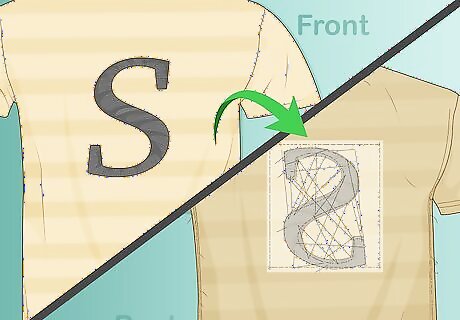
Turn the garment or fabric over to reveal the back. There is a small chance that the stitch eraser might scrape against the fabric and cause it to turn fuzzy. If you do this on the front of the garment, the fuzzy texture will be visible. If you work from the back, however, it won’t be. Some embroidery may still have the stabilizer attached to it. Tear this stabilizer away first. Embroidery is thinner in the back of the fabric, which will make it easier for the eraser to cut through.
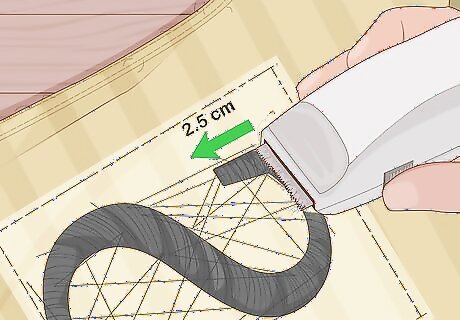
Push the eraser 1 inch (2.5 cm) across the stitching. Place the eraser against the edge of the embroidery, making sure that the blades are digging into the threads. Slowly push the eraser forward by about 1 inch (2.5 cm), sort of like a cart or shovel. If you are working on a logo, you can move the eraser across the entire width of the letter instead.
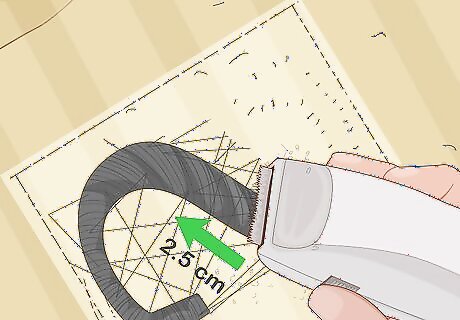
Lift the eraser up, and move it over to the next segment. Push the eraser forward by another 1 inch (2.5 cm), then lift it up again. Work your way across the edge of the embroidery, from one side to the other. Once you finish the first row, start on a second 1 in (2.5 cm) row. Keep going until you have shaved off all of the embroidery. How many times you do this depends on the size of the embroidery. For a small project, you may just have to do it once.
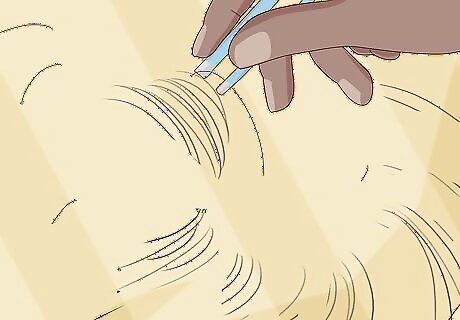
Return to the front of the fabric and remove the stitches by hand. Because of how fine and tight the embroidery is, you may not be able to see the loosened threads. Use your best judgement to find the area that you shaved, then use a darning needle or a seam ripper to lift the threads up and pull them away. Slide the needle or seam ripper under the stitches, then pull it upwards. Use your fingers to pluck the threads out. You can drag your fingernail across smaller stitches to scrape them off.
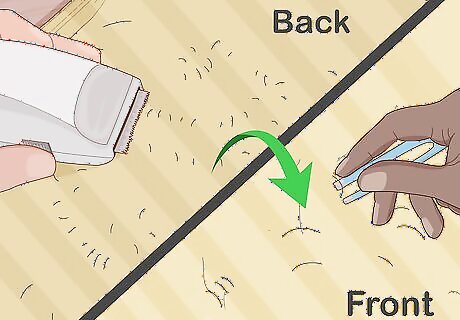
Repeat the process if needed. Not everything will come off on the first pass, so flip the fabric back over, and run your stitch eraser across the remaining stitches. Return to the front and pluck the stitches out.
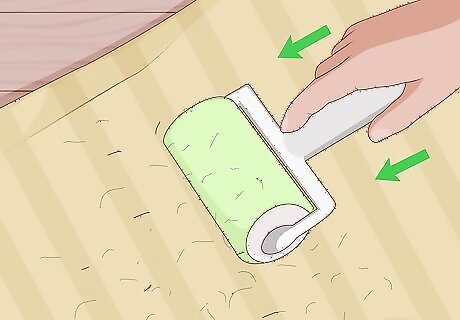
Use a lint roller to remove the thread dust from the fabric. If you don't have a lint roller, you could use a piece of masking tape instead. Make sure that you get both the front and the back of the fabric. This process may reveal a few stuck threads or stitches. In this case, use a seam ripper to take them out.
Using a Seam Ripper
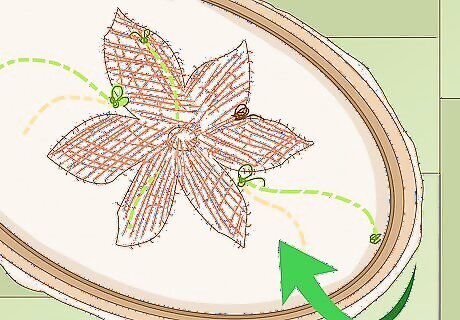
Turn your project over so that you can see the back of the embroidery. If this is an actual garment, you might want to turn it inside-out. Working from the back is important. If you work from the front, you might accidentally nick the fabric, which will be visible in the end. For hand-embroidered items, it is best to put them back into the embroidery hoop. If your embroidery still has the stabilizer attached to the back, you should tear it away before continuing.
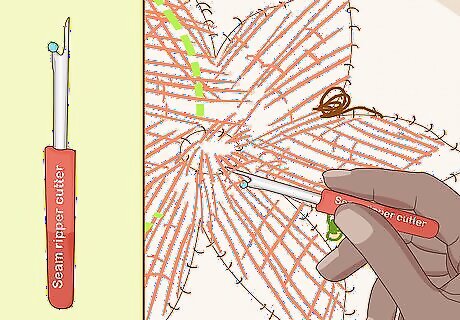
Cut the stitches with a seam ripper. Decide how many stitches you need to remove first, then slide a seam ripper under those stitches and lift it upwards at an angle to rip through them. The blade inside the hooked part of the seam ripper will cut through the threads. You can use a pair of embroidery or manicure scissors. Snip the threads using just the tip, making sure not to cut the fabric. If this is a large piece of embroidery, work only a few inches/centimeters at a time. If you are working with a multi-layered piece of embroidery, start with the satin stitches.
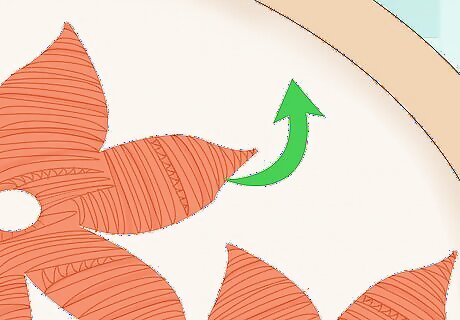
Return to the front of the fabric. If this is a garment, just turn it right-side-out. Depending on the type of stitches that the embroidery used, you may even see the cut threads starting to fray.
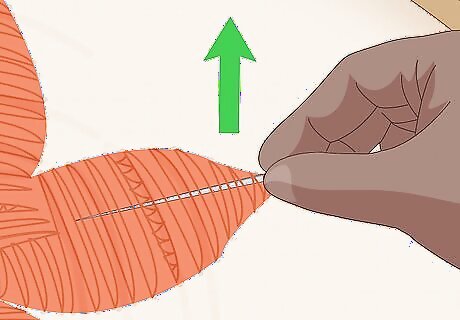
Pull the stitches out from the front of the fabric. Slide a darning needle under the stitches, then lift them away. Use a pair of tweezers to pinch and pull out any other stitches. If a stitch won't come out easily, flip to the back of the fabric; it's possible that you didn't cut through a stitch all the way. Again, if you are working with a multi-layered piece of embroidery, pull out just the satin stitches.
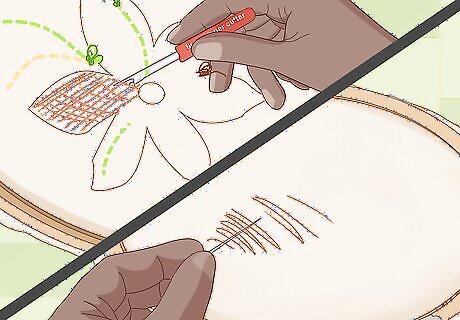
Repeat the process until you have removed all of the embroidery. Return to the back of the fabric and cut through more stitches. Turn to the front of the fabric, then pull out the threads. If you are working with a multi-layered piece of embroidery, continue with the running stitches and decorative stitches. Finish off with the main stitches last.
Fading Stitch Marks
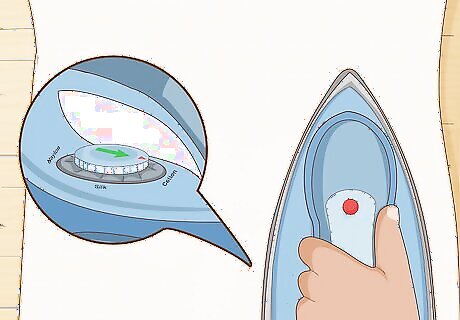
Iron the front of the fabric using the appropriate setting. The heat setting on your iron will either be labeled by temperature or by fabric type. Select the setting that best matches your fabric. Use a hot setting for cotton or linen, and a cool or warm setting for silk and synthetics. If you are working with cotton, and your iron is labeled by fabric type, choose the "cotton" setting.
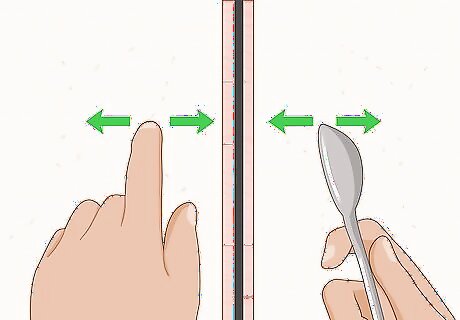
Rub your fingernail horizontally across the stitch marks. Find the holes created by the removed stitches, then scrape your fingernail back-and-forth across them. You only need to do this 2 to 3 times. Work on top of a hard surface, such as a table. You can also use the tip of a spoon. Be gentle if you are working with silk as it may tear easily.
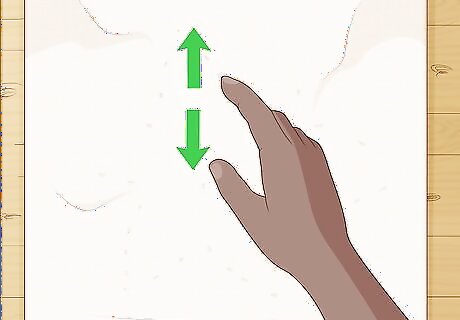
Scrape your fingernail vertically across the stitch marks. When you scratched the holes side-to-side, you only closed the vertical threads. Scratching them vertically (top-to-bottom) will tighten up the horizontal threads. Don't worry if the holes don't disappear right away.
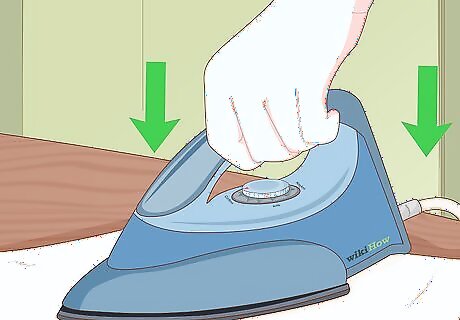
Press the fabric with an iron, then repeat the process, if needed. Iron the fabric using the appropriate heat setting. Scrape your fingernail horizontally then vertically across the holes. If the holes are still there, repeat the process 1 or 2 more times. Don't worry if they don't completely disappear. You will be repeating the entire process for the back of the fabric, which should take care of the remaining holes.
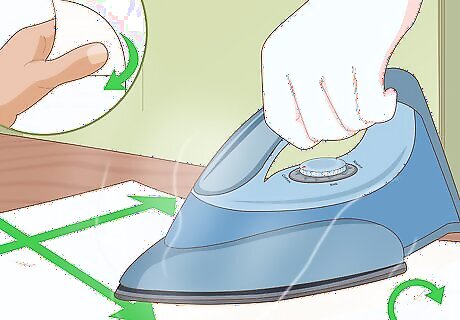
Flip the fabric over and repeat the ironing and scraping process. Press the fabric with an iron, then scrape the holes 2 to 3 times with your fingernail. Go horizontally across the holes first, then vertically. Like with the front, you may have to repeat the steaming and scraping process a few times.




















Comments
0 comment